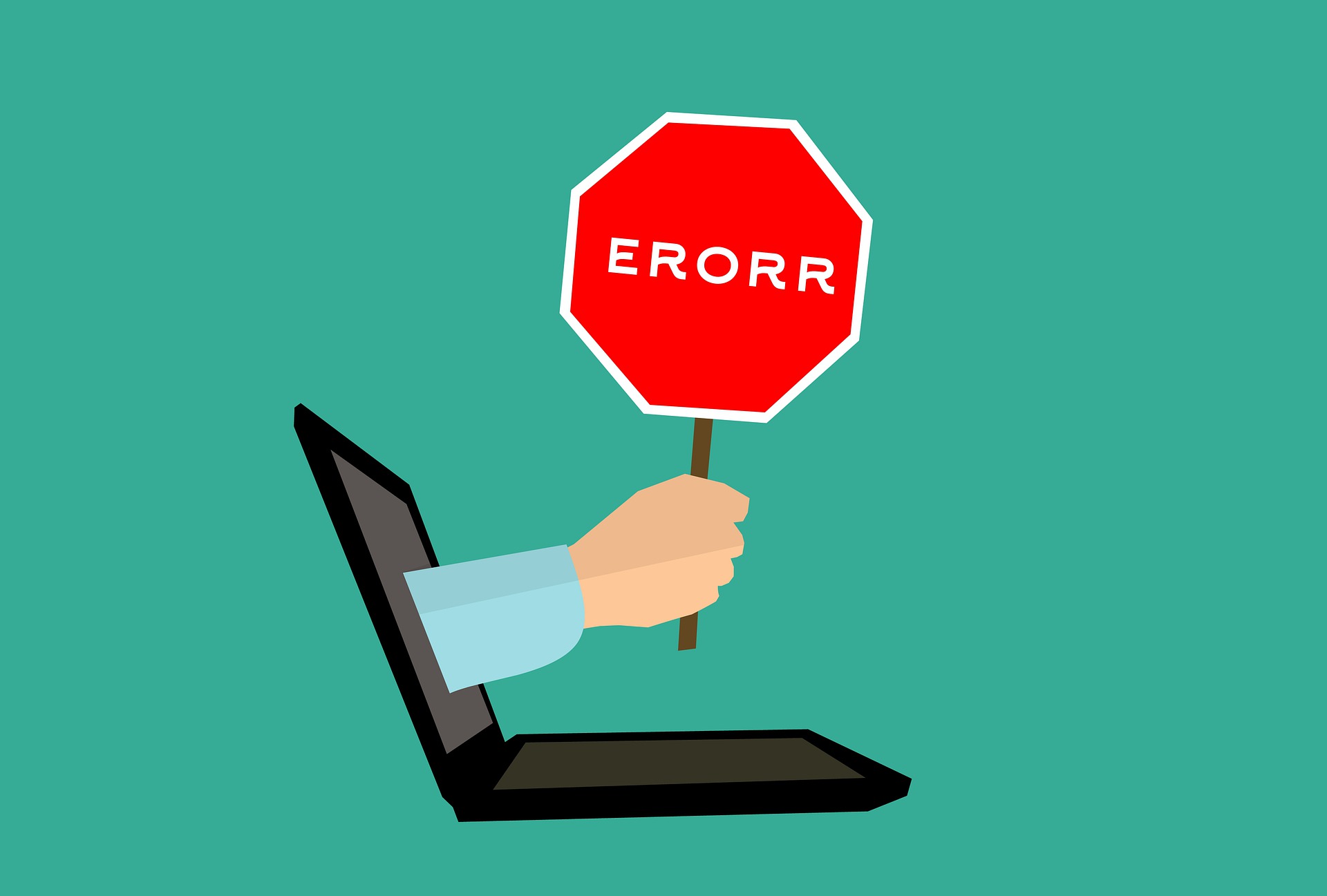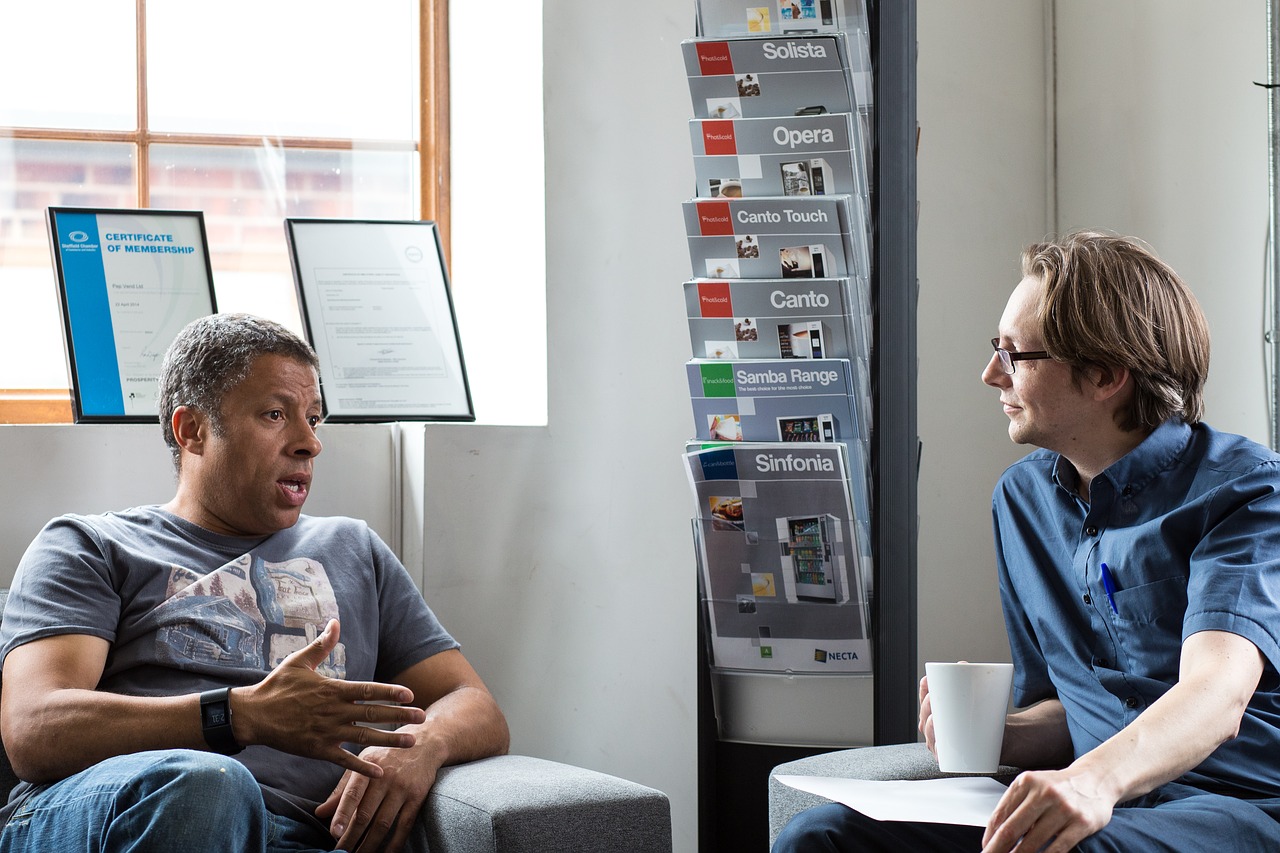Effective communication is incredibly important for businesses, especially when you provide a technical service like building software. Poor communication can result in an unproductive work environment, a delayed or subpar product delivery, or even loss of a client.
Here at Radial, we have developed several communication strategies to ensure that our clients’ products ship on time and meet their business needs. We are sharing them so you can learn how we communicate.
We also hope you can implement some of these approaches to improve communication in your own business.

Communicate Proactively
Proactive communication is critical to both a healthy consultant-client relationship and preventing problems before they happen. One of the ways we communicate proactively is by delivering weekly or bi-weekly progress reports. This keeps the client informed and reminds them of how much is being accomplished on their project. Plus, it keeps the consultant and client engaged in the work, so both are more likely to catch problems early.
By contrast, reactive communication occurs after something bad has already happened. Constant reactive communication means that most of your interactions with the client consist of putting out fires. This almost guarantees a strained relationship.
Communicating proactively adds consistency and positivity to your relationship. Then, when you have to deliver bad news or talk to your client about future issues, the client does not feel like that is all you ever talk about.
Communicate Positively
Moods are infectious. It is hard to be happy around a team of negative people and it is hard to be unhappy around a team of positive people. If you communicate with energy and enthusiasm, your client will have a much harder time feeling negative about your work.
You see this all the time from good salespeople, and in many ways that is what you are when communicating with a client. Get excited about your work, even when it comes to solving difficult problems, and your client will get excited, too.
Own Your Mistakes

A common mistake companies make is to try to appear infallible to their clients. This tends to encourage employees to present problems as less significant than they really are. This can come back to haunt you when the problem continues to spin out of control and the client is blindsided later. If you will miss a deadline or deliver a product below your standards due to a mistake, do the following: apologize, explain what happened, and then explain what your company is going to do to prevent it from ever happening again. Everyone has made mistakes, and when you admit that you made one, your client is likely to empathize with that.
Present Your Client With Solutions, Not Problems
People do not like making decisions, especially when there are lots of options to choose from. Before discussing a problem with a client, we have found it helpful to brainstorm possible solutions. We narrow those options down to a few realistic possibilities, and then present the solutions to the client rather than the problem. This ensures that the client takes your input into account, and they will likely appreciate that you made the decision less daunting for them.

Pay Attention to Your Communication Method
Everyone has their preferred style of communication. Yet whether its email, Slack, or a phone conversation, each comes with its pros and cons.
We recommend regularly touching base across a variety of media. We typically use Slack for quick back-and-forths, email to outline larger-scale plans or agreements, and phone, video-chat, or in-person meetings for feature deliveries.
However, given how easy it is to be misunderstood through an impersonal medium like email or Slack, we recommend in-person communication or at least a video chat whenever possible. This will make it much easier to discuss tougher or more complex issues. Additionally, it prevents your client from thinking of you as a voice from the ether that tells them bad news.
Remember That Your Client is Human

Your client will make mistakes just like you will. Giving the client the benefit of the doubt as much as you would expect them to do for you is a good way to build trust.
One way to start seeing your client as a human is to understand them outside of the work you are doing for them. Consider getting to know a few of their interests and find some common ground. Here at Radial, we like to start with coffee, because who says no to going out for coffee? If you and your client can take genuine interest in each other, it is much easier for you to forgive each other for mistakes–and much harder for them to justify ditching you for a competitor.
Try making some of these changes in your communication with clients. You’ll find client meetings more pleasant, you’ll increase customer loyalty, and the result will be a better product for your client.
